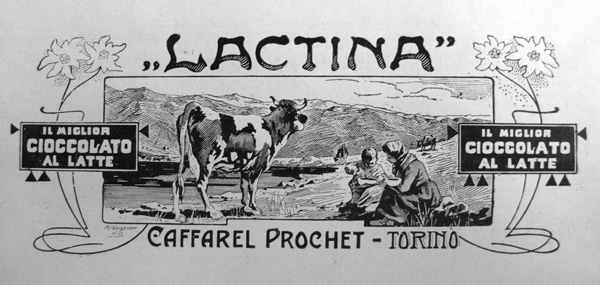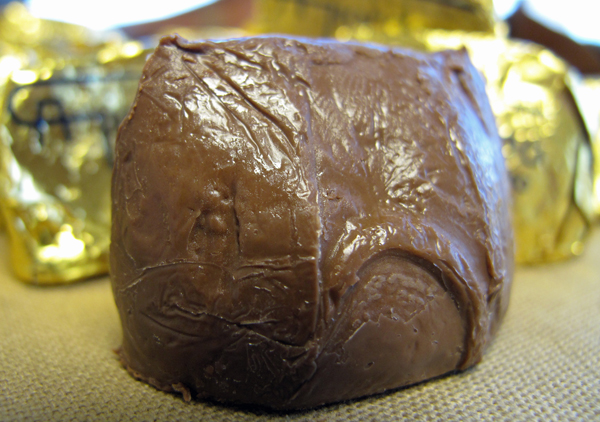
Gianduiotto options in America are few. Of those commonly available, most are bad.

Gianduiotto options in America are few. Of those commonly available, most are bad.

Though we’ve been discussing the earliest gianduiotti, the late-nineteenth and twentieth centuries brought a number of innovations in production, not all of them bad.

Before moving forward, let’s pause for a moment and consider how revolutionary gianduiotti were in their early years.

Understanding the nature of the cacao solids used in early gianduia requires a brief examination of the state of the art in Turin during the 1860s.

The Napoleonic myth does not hold water (Part 4). The thirteen-year-old Michele Prochet did not invent gianduia in 1852 (Part 9). The best evidence for Prochet, Gay & Co.’s invention in 1865 is an unsubstantiated statement by Prochet’s company over thirty years after the fact, which openly acknowledges that the claim was contested (Part 13). The tales of gianduia’s naming first appeared over sixty years after the fact and are riddled with internal and external inconsistencies (Part 14). So where does that leave us?